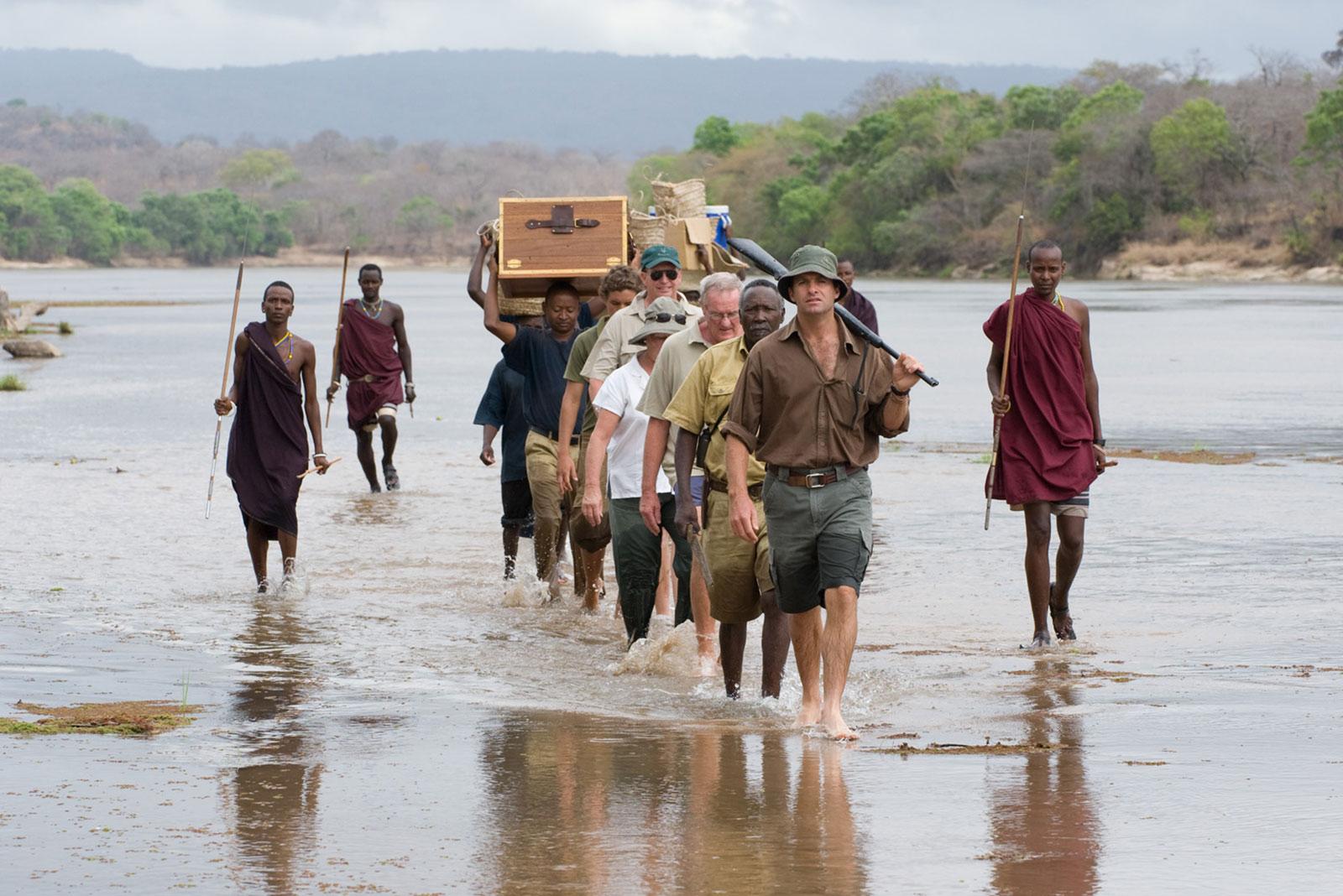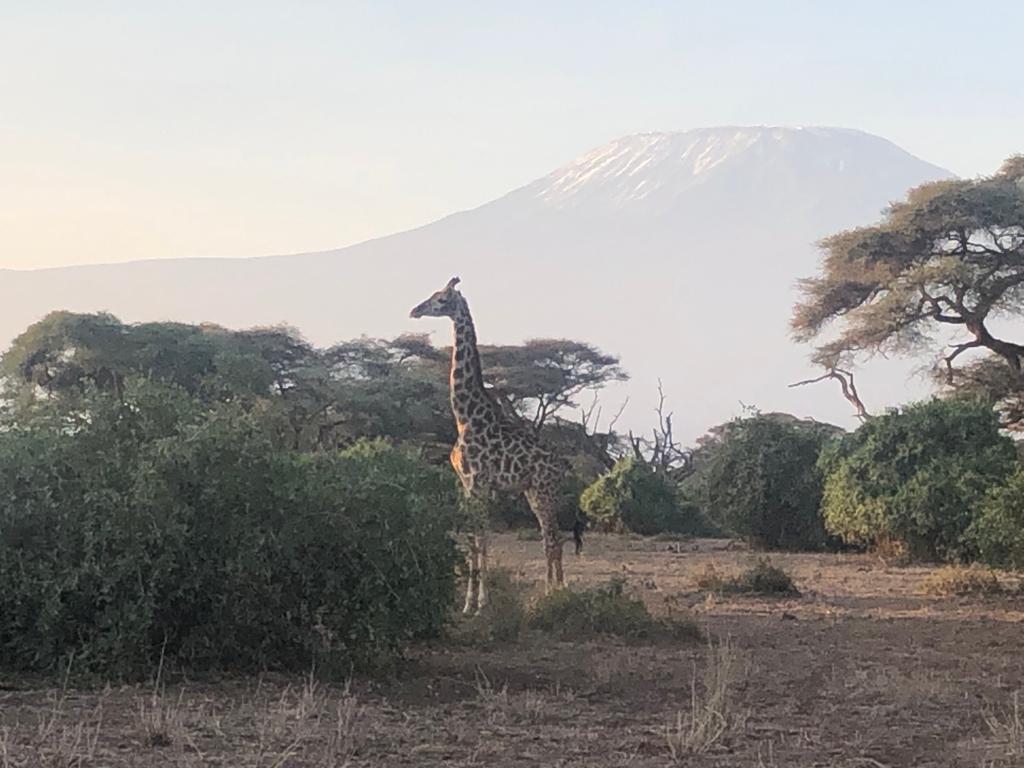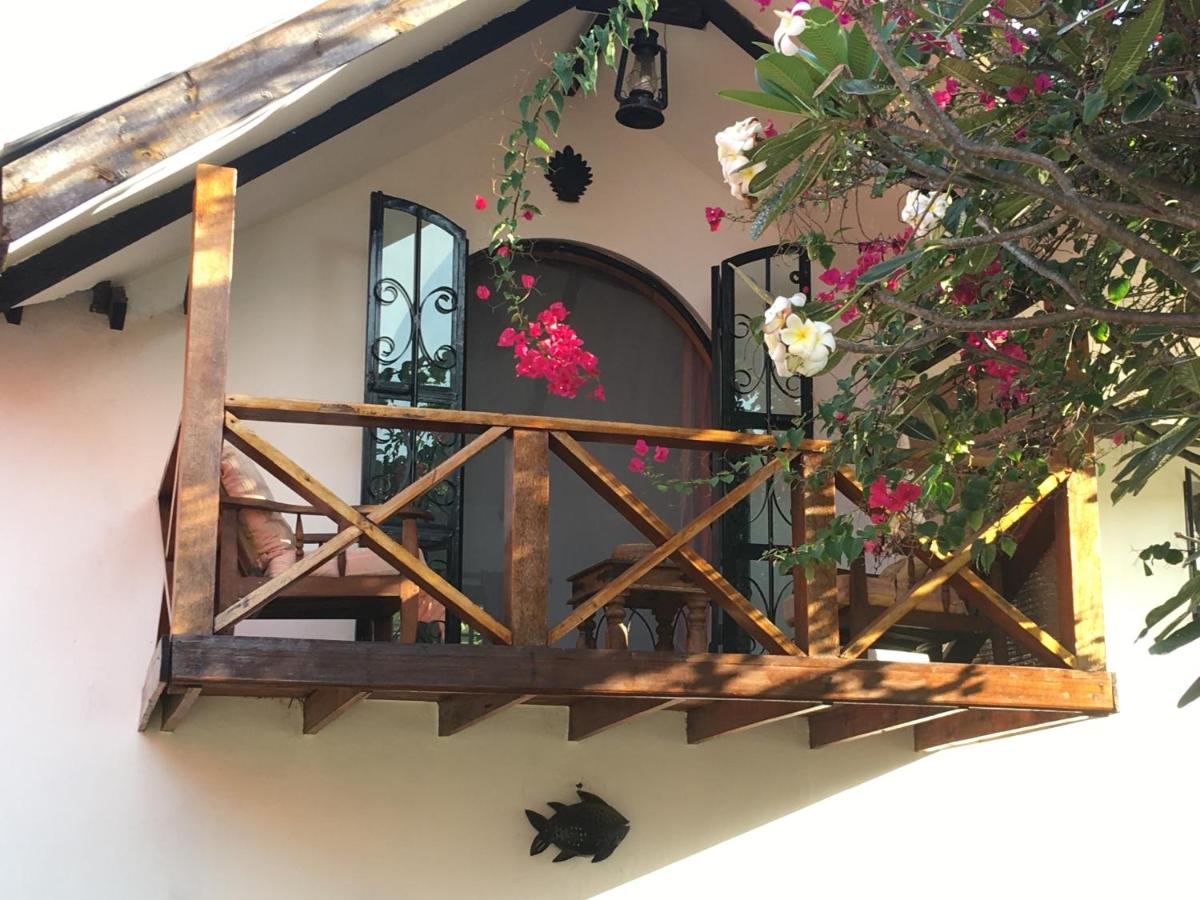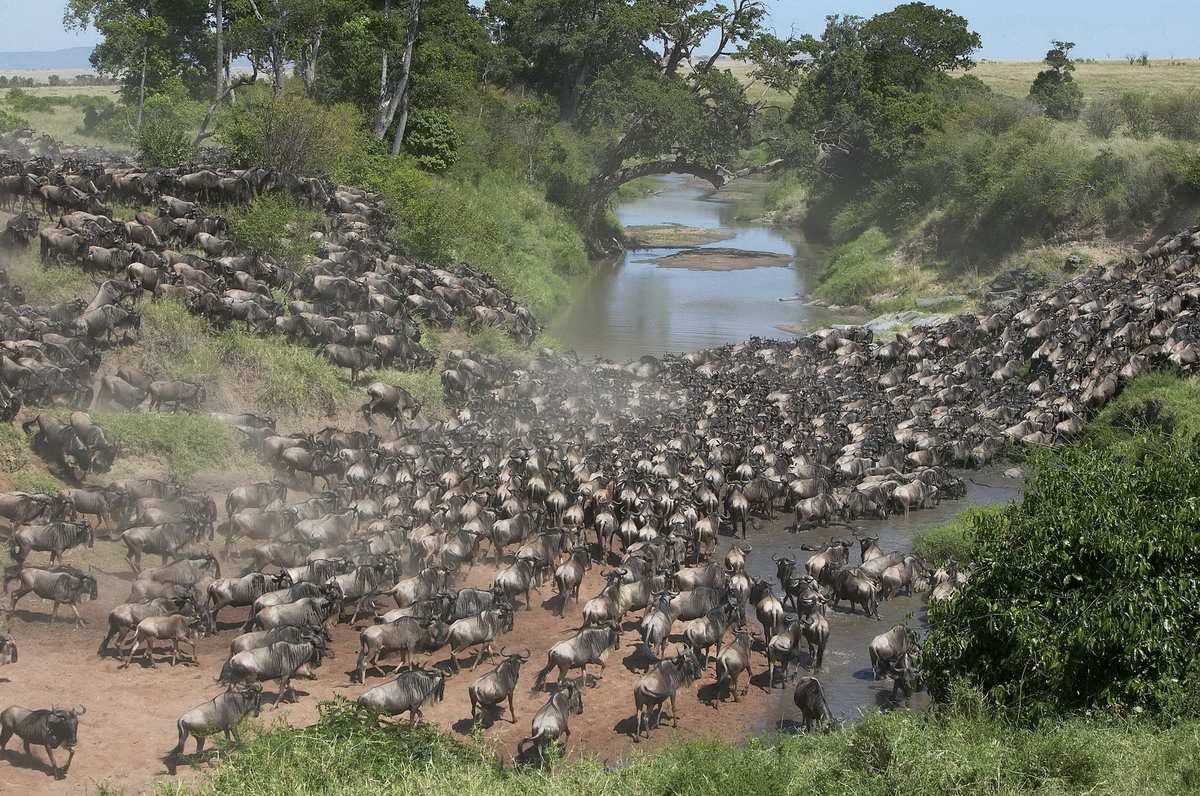
What Your Safari Consultant Will Not Tell You Before Traveling To Tanzania
An adventurer traveling to Tanzania has to keep in mind Epitomising the image of Africa. Tanzania has a variety of mountains, beaches and islands with majestic views, national parks and game reserves. It is also fascinating seeing the snow-peaked Mt Kilimanjaro when the sun rises. Traveling to Tanzania is made complete by watching the wildlife over the high plains of the Serengeti. In addition, Travelling To Tanzania is an experience out of this world.
When to go
Before traveling to Tanzania, awe-inspiring wildebeest gather on the rain-soaked plains of southern Serengeti to give birth in February before consequently commencing their migration. April – May is the rainy season hence bush roads are impassable and camps close. The dry season from June – October is a popular time.
How to travel
- On a budget – traveling by road minimizes costs and is also a good way of seeing more of Tanzania. Journeys between parks average five hours using the universal 8-seater minivan with raised roof hatches and a local English-speaking driver-guide.
- In style – this includes direct flights into the bush (cutting out long road journeys), game drives with expert local guides in vehicles purpose-built for better viewing and the opportunity to stay at Tanzania’s most exclusive camps and lodges.
- Mobile camping – the most authentic way to see Tanzania up-close without sacrificing too many creature comforts whilst having greater flexibility in the bush.
- Walking – a real adventure for the reasonably fit. Although there are less ‘good’ wildlife photo opportunities, one experiences the full-on thrill of the Wild. Riding camels and experienced guides escort travelers.
- Beach-and-bush safaris – an irresistible combination: a sojourn in the grassland plains, savannah, riverine forest and woodlands followed by a chance to relax beside the Indian Ocean.
How to dress
Wear comfortable and practical clothing whilst avoiding bright colors, camouflage (military type) clothing or blacks and blues (both attract tsetse flies). In addition blend into the landscape with greens and khakis. Go for lightweight pieces of cotton, long trousers and long-sleeved shirts. Invest in a fitting baseball cap and sensible footwear with thorn-proof soles. Carry swimwear and a jacket or sweater (for dawn game drives). Most camps and lodges have a shop where you can buy a cotton kikoi that can double as a scarf, sling or turban. Carry a soft bag and travel light. Local flights in light aircraft often have a 15kg weight limit.
Money matters
It is especially relevant to know American dollars are usually acceptable. Many camps and lodges accept credit cards such as Visa and MasterCard, anticipate a surcharge of up to 5%.
Your visa
A single-entry tourist visa for Tanzania costs around US $50. It is valid for three months from the day of entry and can be obtained at official entry points throughout Tanzania.
Your health
Ensure your immunizations are up to date, specifically for hepatitis A, typhoid, diphtheria and tetanus. In addition, antimalarial tablets are also essential as malaria is widespread and immunization against yellow fever is also recommended.
Camps and lodges
Set in the heart of the action, they are chosen for their idyllic locations. Sleeping under canvas is the way to go if you want to enjoy the full-on safari experience. Everything is provided, from en suite bathrooms with running water to local and international cuisines and hot-water bottles for chilly nights.
The game
The trophy hunters of old named Africa’s most dangerous game the Big Five. Today, other charismatic species such as cheetah and the endangered wild dog sit at the top of must-see lists. Antelopes, zebras and giraffes are abundant and just as beautiful as the elusive cats. Tanzania also has at least 1,000 bird species and marvels such as the buffalo weaver, elephant shrew, ant lion, rhino beetle and leopard tortoise.





